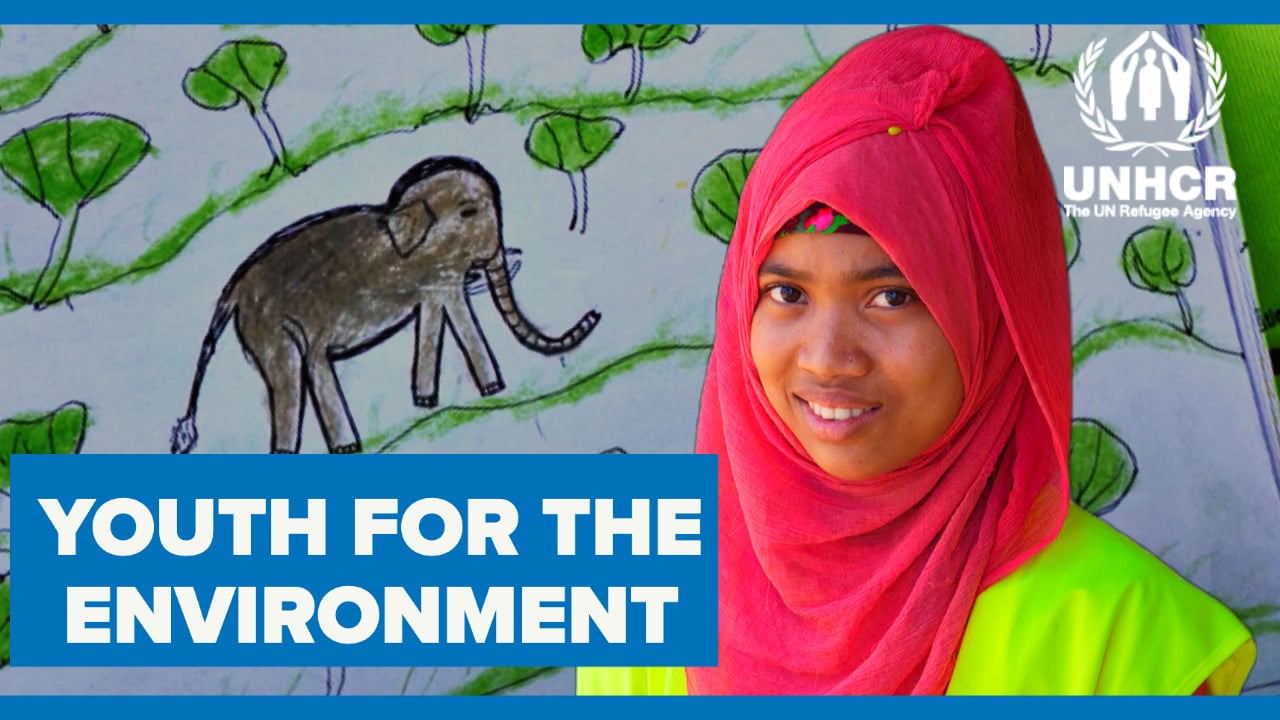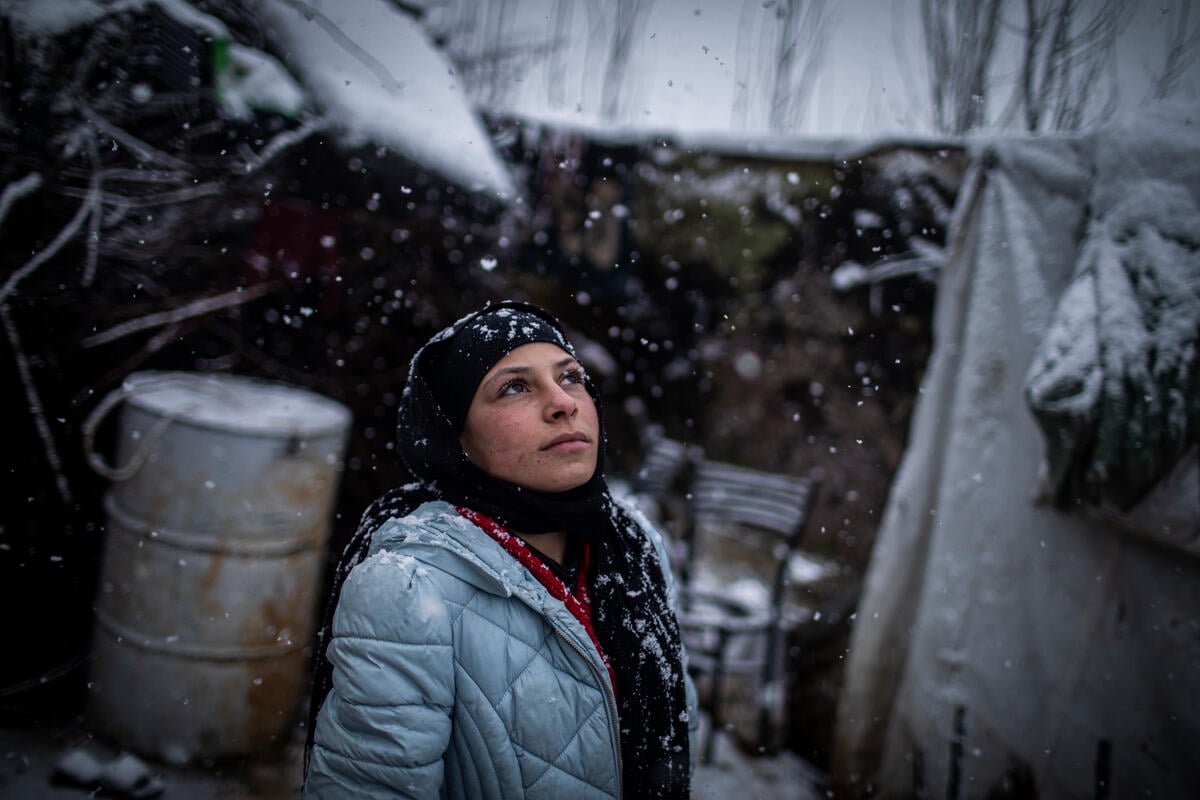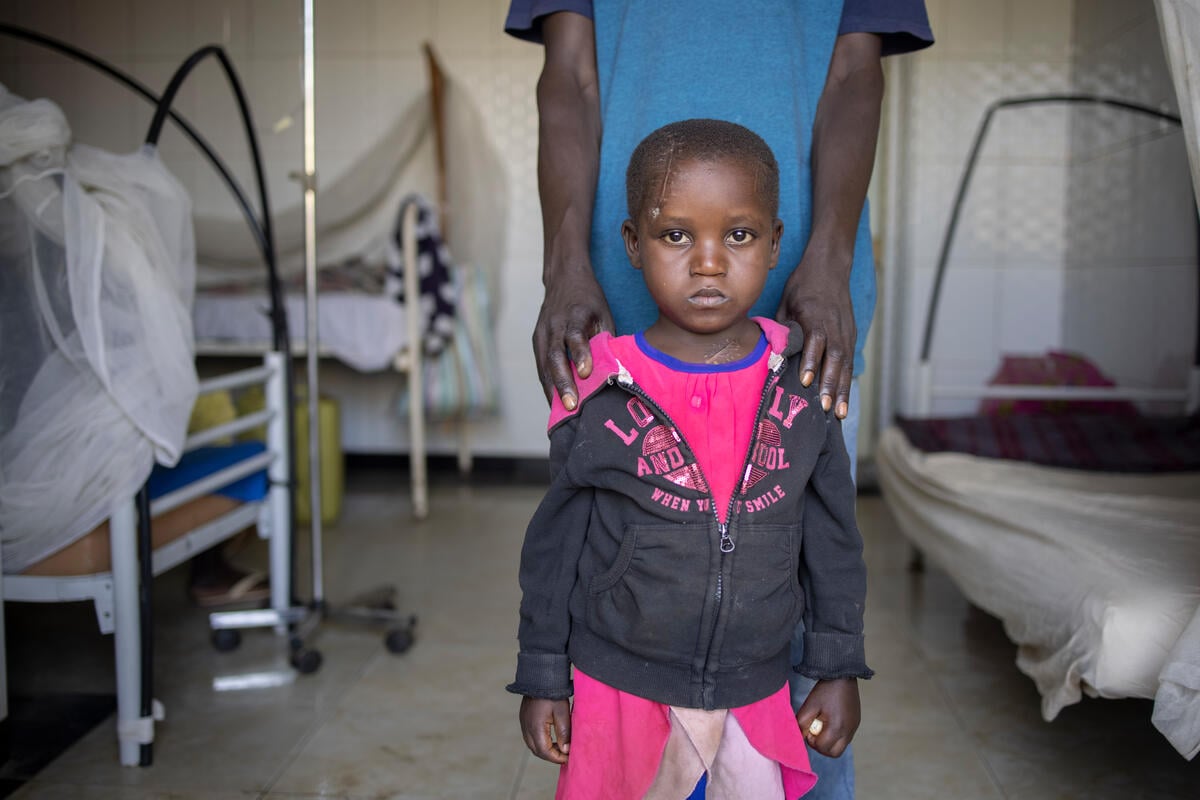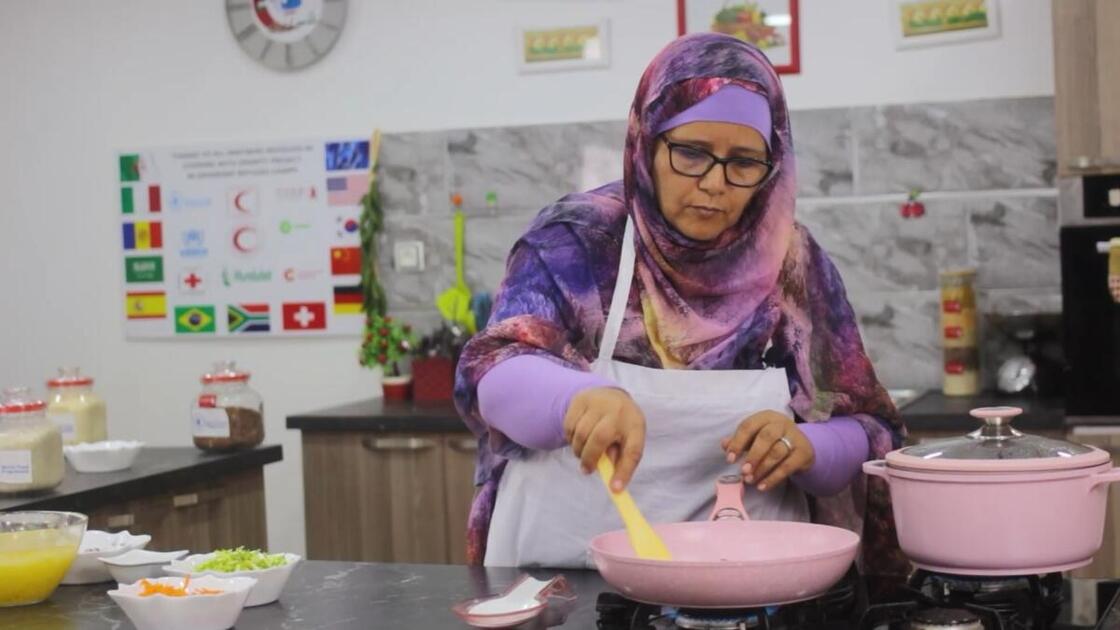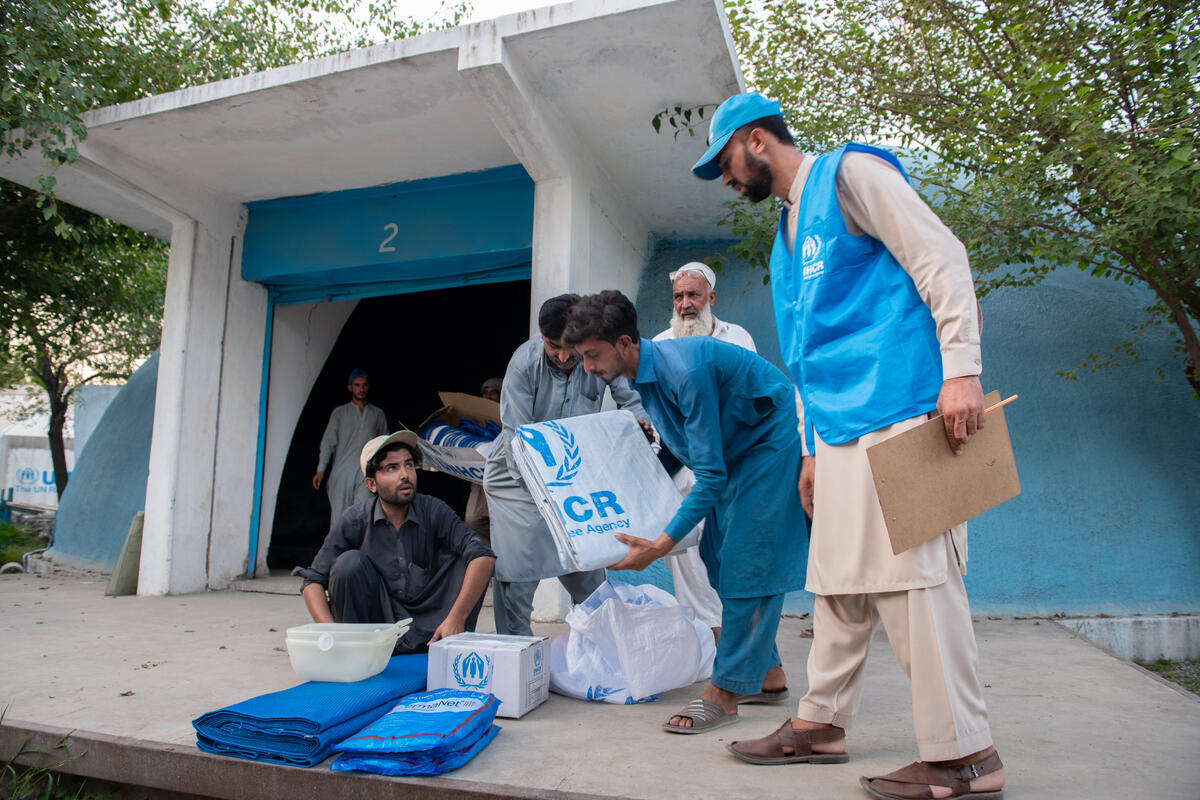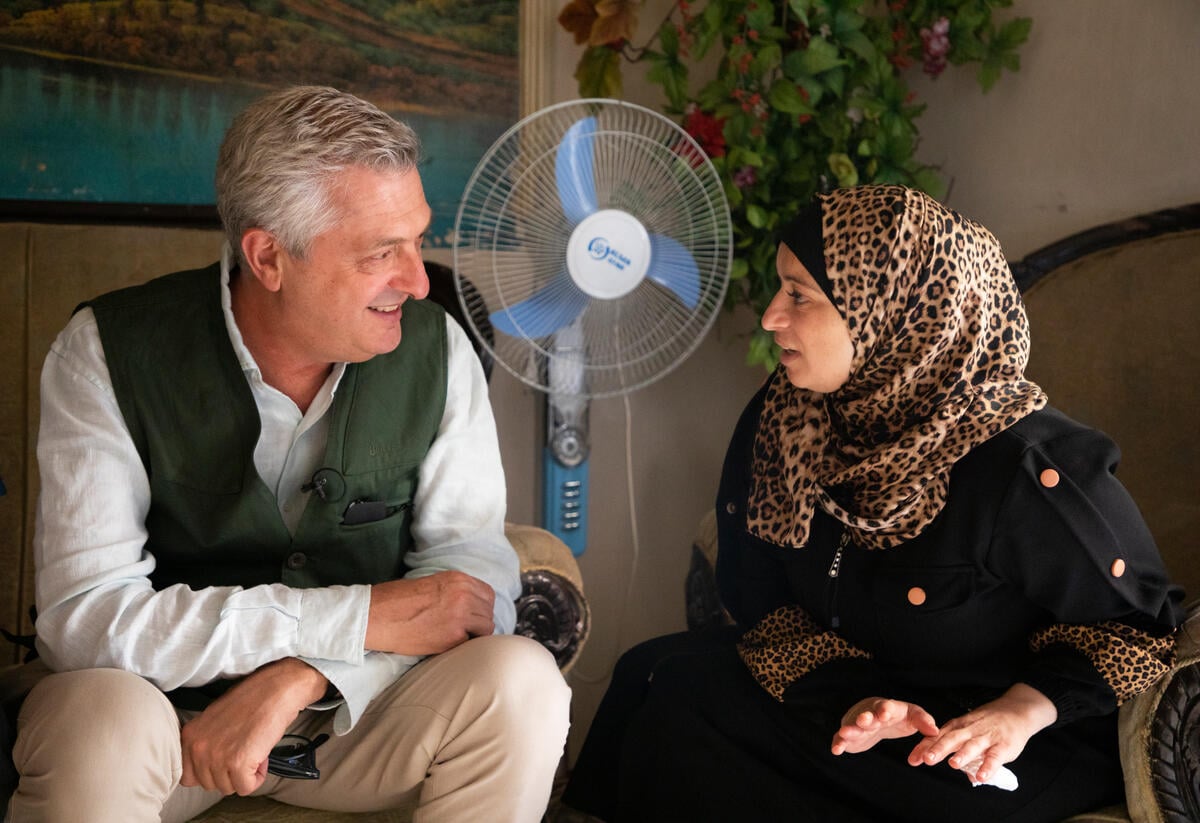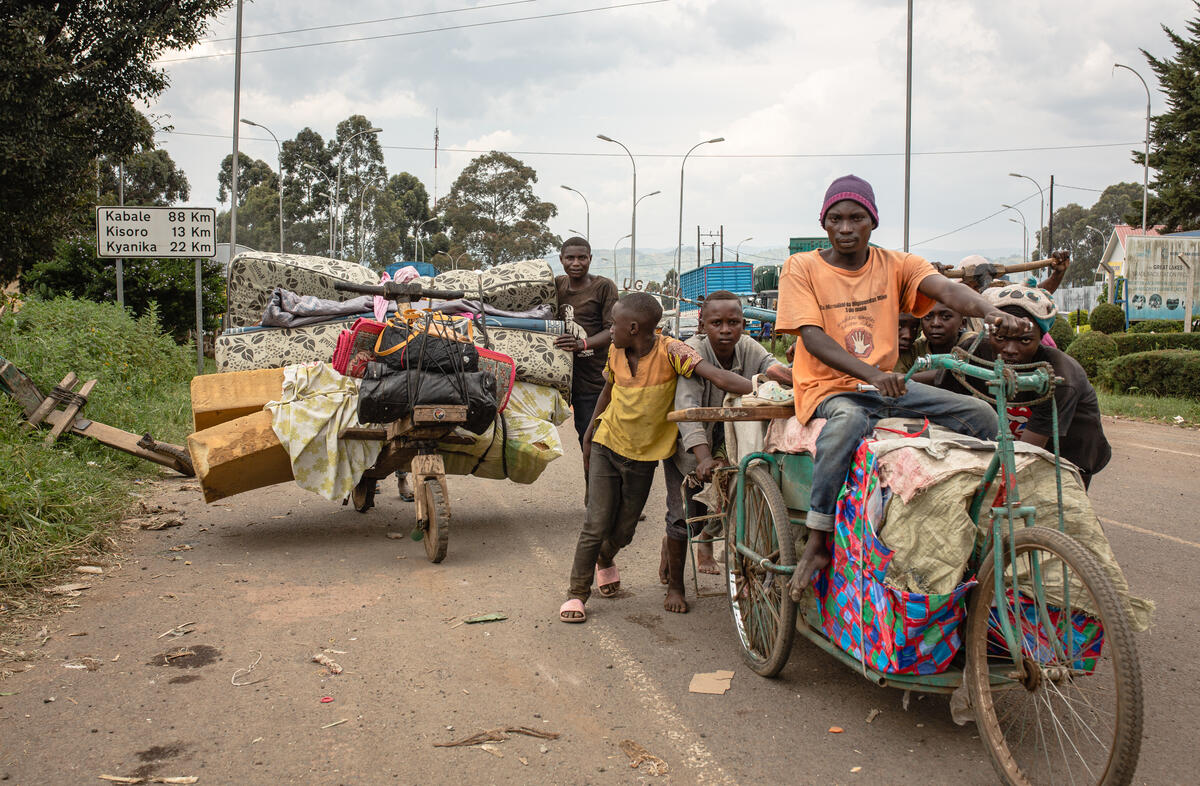UNHCR distributes aid to Rohingya refugees ahead of Bangladesh winter
UNHCR distributes aid to Rohingya refugees ahead of Bangladesh winter
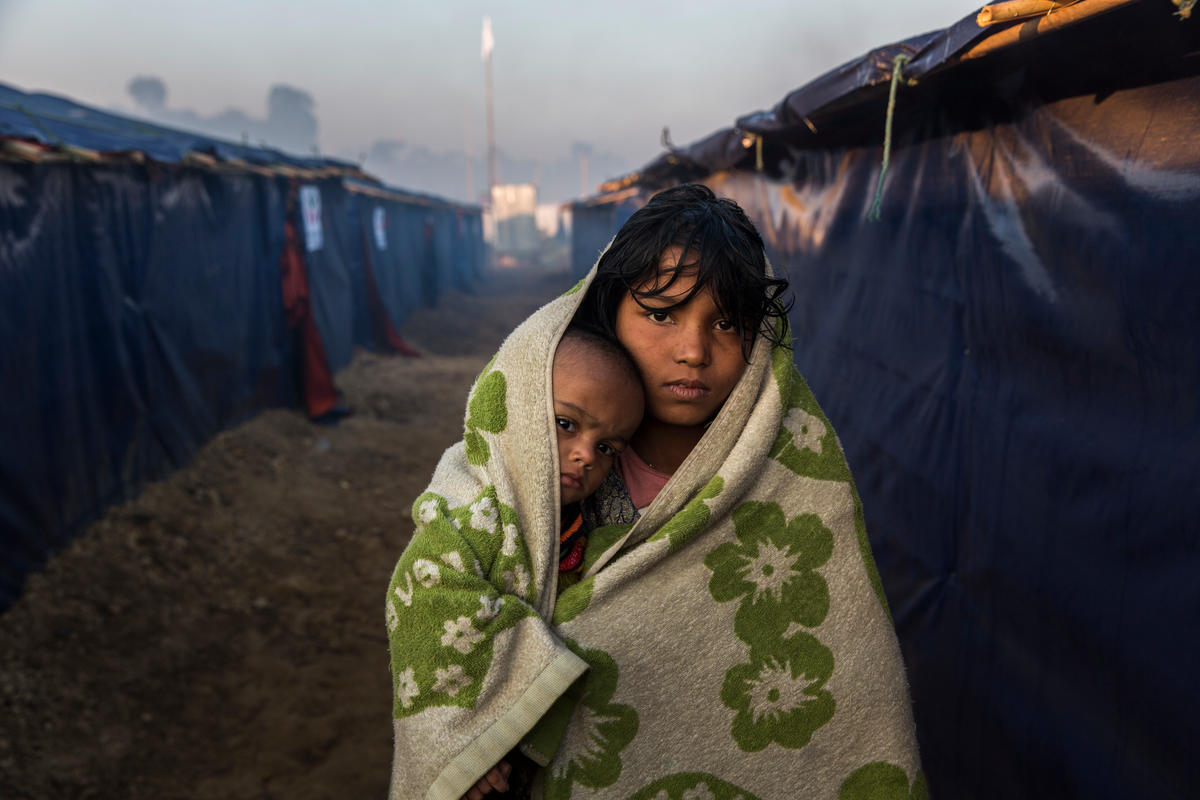
Nearly four months into the Rohingya refugee crisis, UNHCR is increasingly worried about the deterioration of the overall protection environment in which refugees are living. In this environment, refugees face a multitude of protection risks.
UNHCR, the UN Refugee Agency, will on Sunday start distributing the first of almost 200,000 items of clothing to help recently-arrived Rohingya refugees in Bangladesh prepare for cooler temperatures in the weeks and months ahead.
The distribution will comprise 170,000 warm shawls for adults and 15,000 sweaters for children under two years, worth US$1.5 million.
The monsoon season in southern Bangladesh has now ended and temperatures will soon decline; the average low for January is 15 degrees Celsius. While that temperature is moderate compared to many other regions, the lack of adequate clothing and shelter insulation makes refugees vulnerable to even modest declines in temperatures, especially at night.
Children, who are 55 per cent of the Rohingya refugee population, are particularly vulnerable. So are the women and they represent more than half of all refugees in Bangladesh. An estimated ten percent are either disabled, have serious medical conditions or older persons at risk.
UNHCR has been working to bolster the quality of shelters in the camps by supplying higher quality materials as well as expanding technical support for construction and drainage.
In the last month, the agency has distributed over 15,000 new shelter kits, one third of the 45,000 targeted in the second phase of its shelter strategy. The full shelter kit includes bamboo poles, ropes, plastic ties, tools and tarpaulins. Some families, notably female-headed households with small children, are receiving extra assistance to carry the kits and erect their shelters. Distributions will accelerate into 2018.
UNHCR has also distributed more than 40,000 core relief items over the past 30 days alone. A similar number will be provided by the end of the year. The core relief items include: blankets, kitchen sets, solar lights, plastic sheets, mosquito nets and jerry cans.
Another two massive airlifts arrived in Bangladesh last week carrying 26,500 kitchen sets, some 15,000 solar lamps and five pre-fabricated warehouses. Since the beginning of the crisis, UNHCR has organised 17 airlifts, bring more than 2,100 metric tons of aid relief items, worth over US$9 million. Additional aid was shipped by sea in three separate consignments.
UNHCR also began distributing cooking fuel in the form of compressed rice husks (CRH). Last week, UNHCR and partners distributed the husks to over 18,000 families in the northern part of Kutupalong and Nayapara settlements. Each refugee household receives 19 kg of the fuel.
The husks have been supplied as a replacement to firewood for cooking. Refugees have been sending youngsters into adjacent forests to gather wood, which puts the children at risk and has been degrading the environment by stripping back swathes of woodland every day. UNHCR will continue these distributions and plans to supply 85,000 families by the end of the year.
Meanwhile, in our immediate response to reported diphtheria outbreak in Cox’s Bazar, UNHCR turned part of its Transit Centre in Kutupalong into a treatment and isolation facility. The centre currently accommodates 375 patients managed by Médecins Sans Frontières.
UNHCR is also supporting the diphtheria vaccination campaign by Bangladeshi health authorities for all children under 6, alongside WHO and UNICEF. We are procuring antibiotics to treat 8,000 people and training refugee volunteers to disseminate information on diphtheria, detect symptoms of the disease and direct patients to health facilities.
An estimated 650,000 Rohingya refugees have fled Myanmar for a hilly area near Cox’s Bazar, Bangladesh, since late August. At present, a steady but smaller number of refugees continue to cross from Myanmar. Currently some 100 a day are entering Bangladesh.
For more information on this topic, please contact:
- In Cox’s Bazar, Mohammed Abu Asaker, [email protected], +880 18 7269 9849
- In Cox’s Bazar, Mitra Salima Suryono, [email protected], +880 19 0620 0363
- In Geneva, Duniya Aslam Khan, [email protected], +41 79 453 25 08
- In Geneva, Andrej Mahecic, [email protected], +41 79 642 97 09

